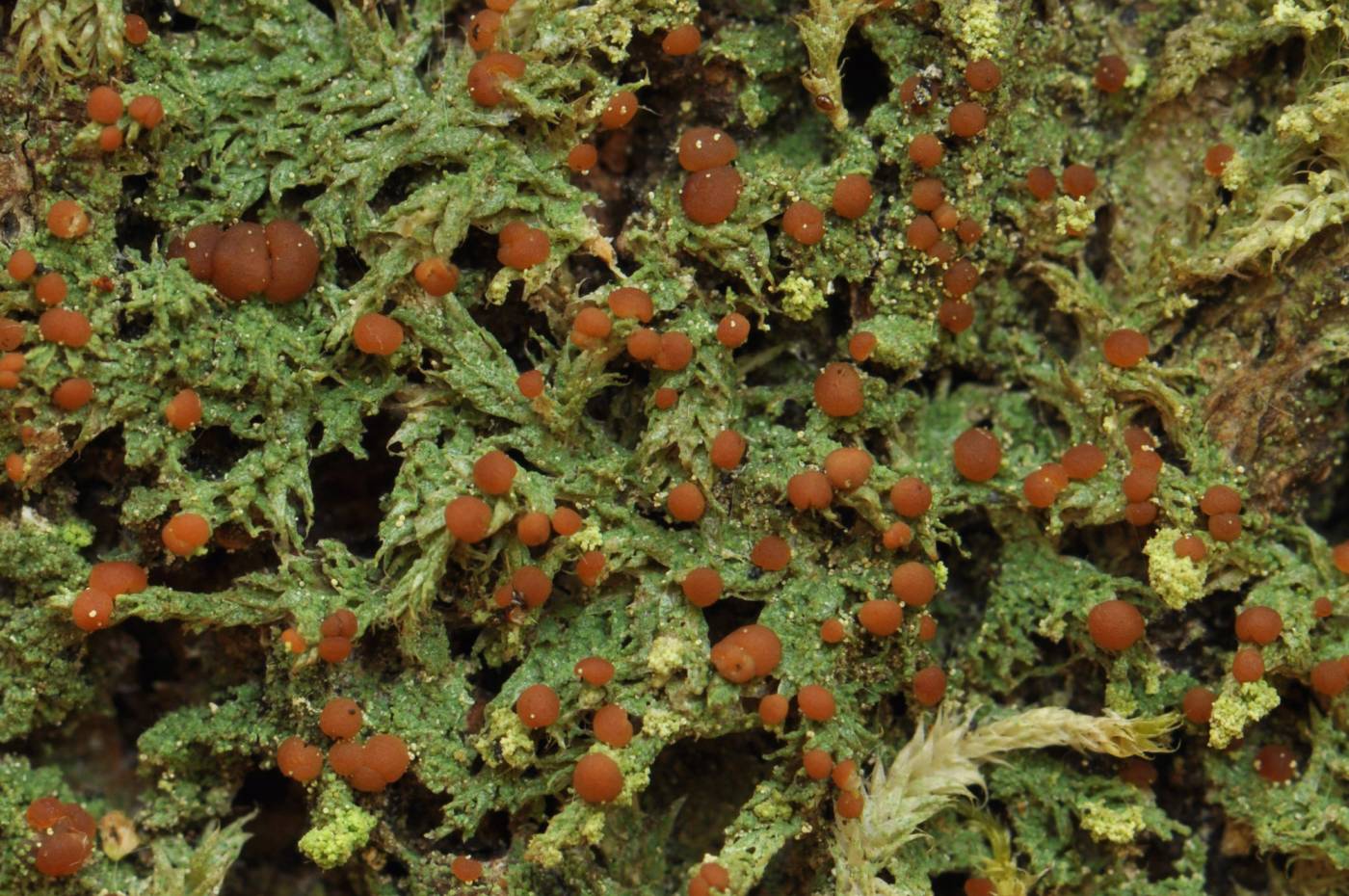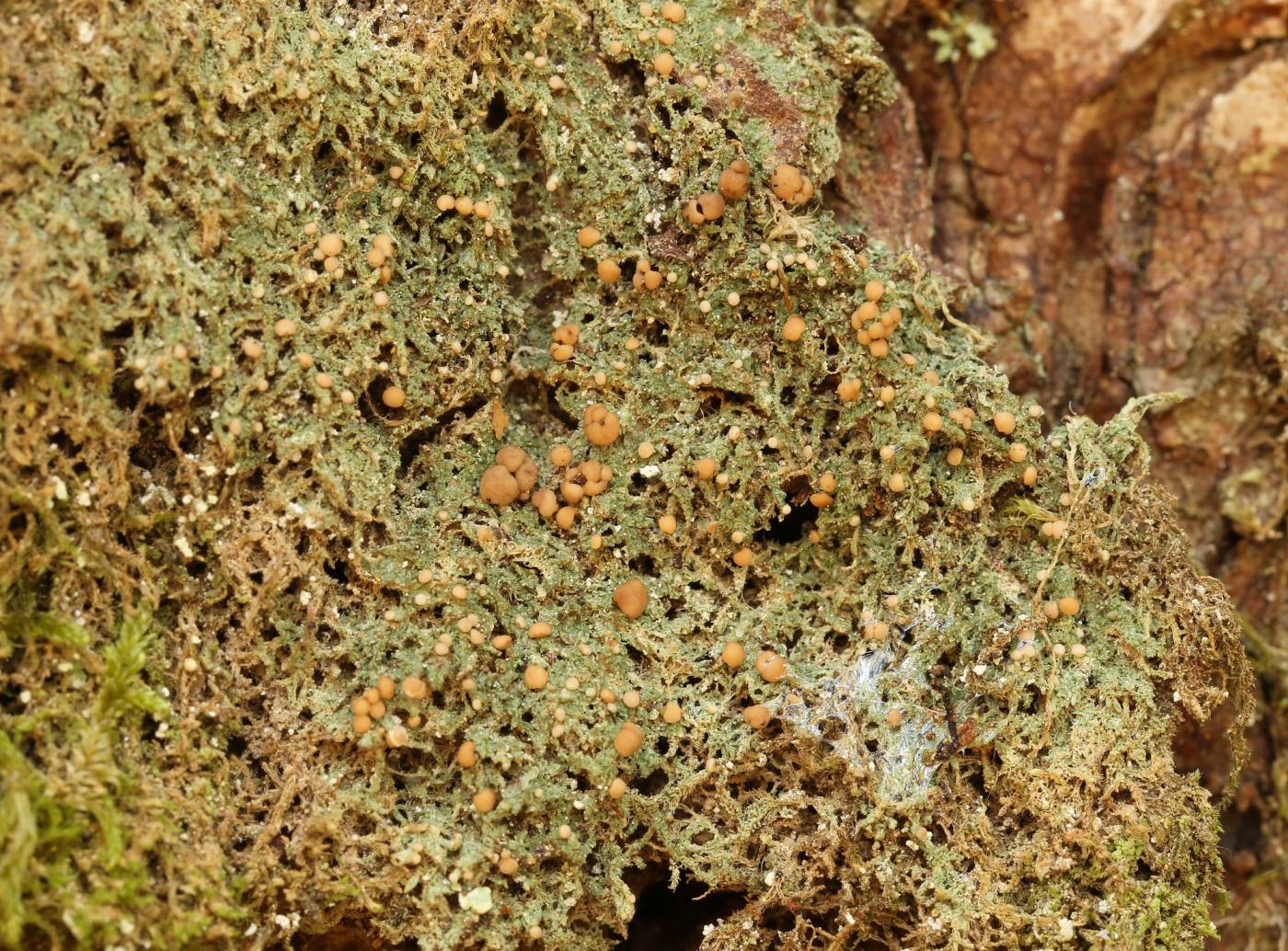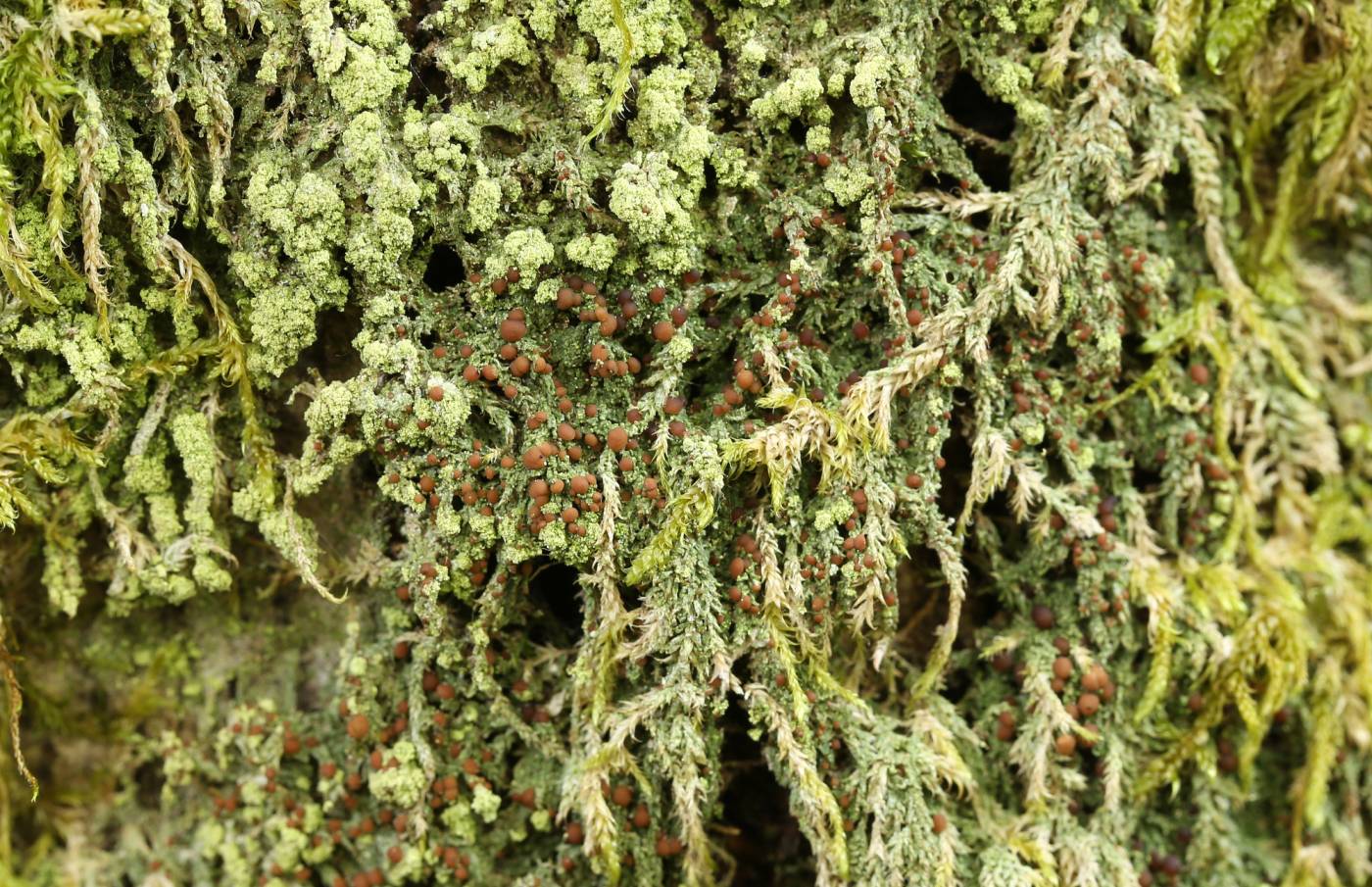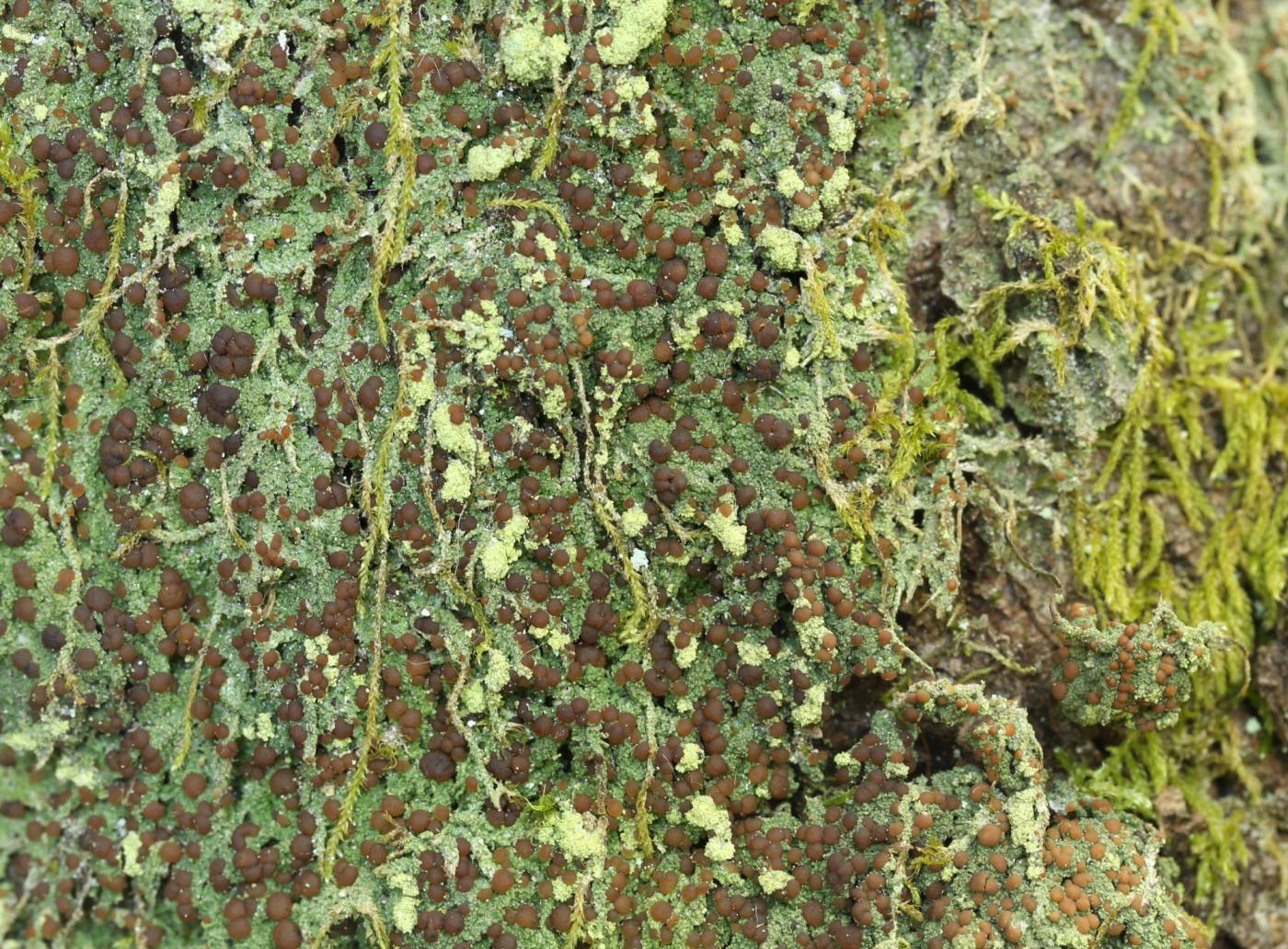One of rarer representatives of the genus Biatora in Czech Republic. It is more or less linked to old primeval forests and, unlike most of its relatives, strongly prefers older trees. Interesting is the partial change in substrate preferences over the past years, probably caused by acidification of the environment in the second half of the last century. Old pre-war herbarium specimens come mainly from spruces, while recently, the usual phorophyte is beech or sycamore (Printzen & Palice 1999). Most of the samples published by M. Servít as Lecidea (= Biatora) helvola from the Šumava Mountains and Českomoravská vrchovina Highlands belongs to B. fallax (Palice 1998). In the Czech Republic, this species has recently been reported only from old-growth forests of southwestern Bohemia (including the southern Brdy Hills), namely from beech forests, scree woodlands and, more rarely, pine mire forests or mountain spruce forests. There is a relatively isolated population in the Orlické hory Mountains (Halda et al. 2018). In some forests in the Šumava and Novohradské hory Mountains, it can be locally abundant at bases on older trees, but generally it is one of the rarities and relatively good bioindicators of ecological quality and continuity of a forest. In the eastern parts of the country, this species has not recently been confirmed and may have completely disappeared.
Literature: Palice Z. (1998): Poznámka k identitě některých sběrů lišejníků M. Servíta v herbáři PRC. – Bryonora 21: 11–13. Printzen C. & Palice Z. (1999): The distribution, ecology and conservational status of the lichen genus Biatora in central Europe. – Lichenologist 31: 319–335. Halda J. P., Bouda F., Malíček J., Palice Z., Svoboda D. & Vondrák J. (2018): Přírodní rezervace Černý důl – miniaturní relikt bukového pralesa v Orlických horách. – Orlické hory a Podorlicko 25: 237–252. Printzen C. & Palice Z. (1999): The distribution, ecology and conservational status of the lichen genus Biatora in central Europe. – Lichenologist 31: 319–335.
taxonomic classification:Ascomycota → Lecanoromycetes → Lecanorales → Ramalinaceae → Biatora
Red List (Liška & Palice 2010):EN – endangered
Red List (Malíček 2023):C3 – endangered
Occurrence in the Czech Republic
All records: 89, confirmed 83. One click on a selected square displays particular record(s), including their source(s).





